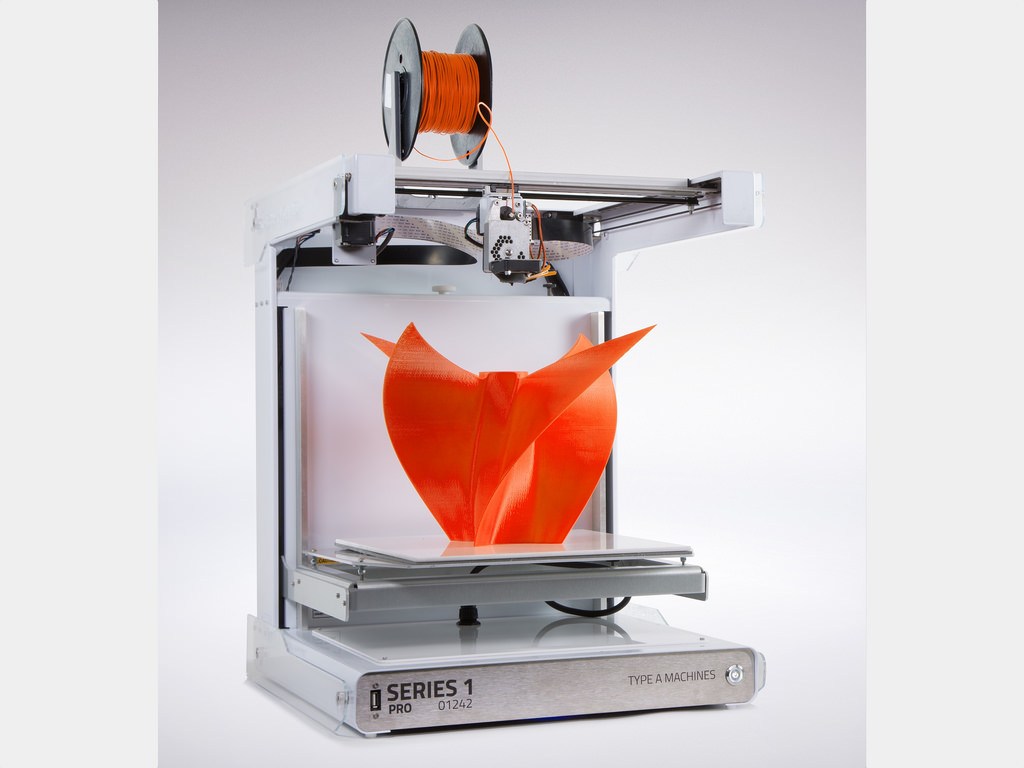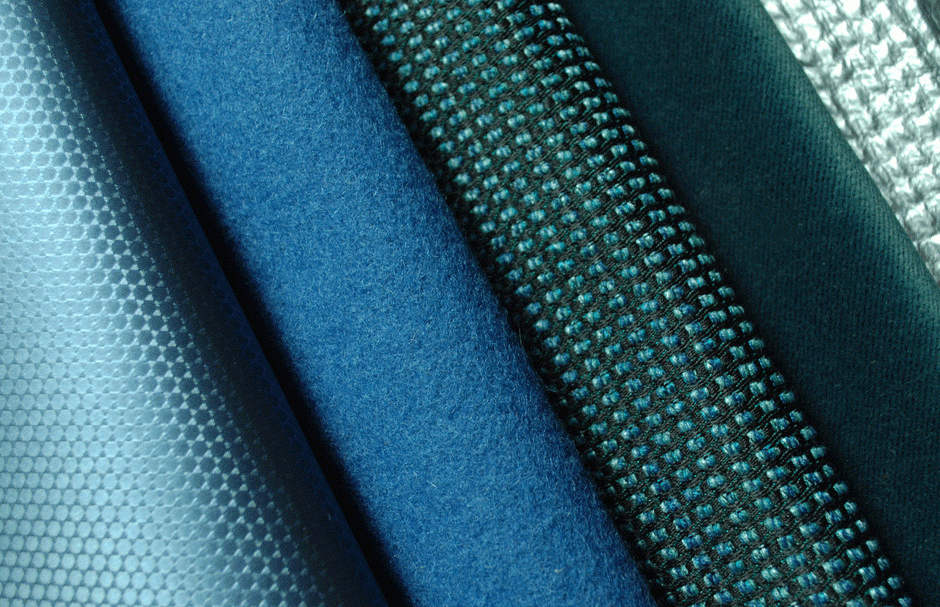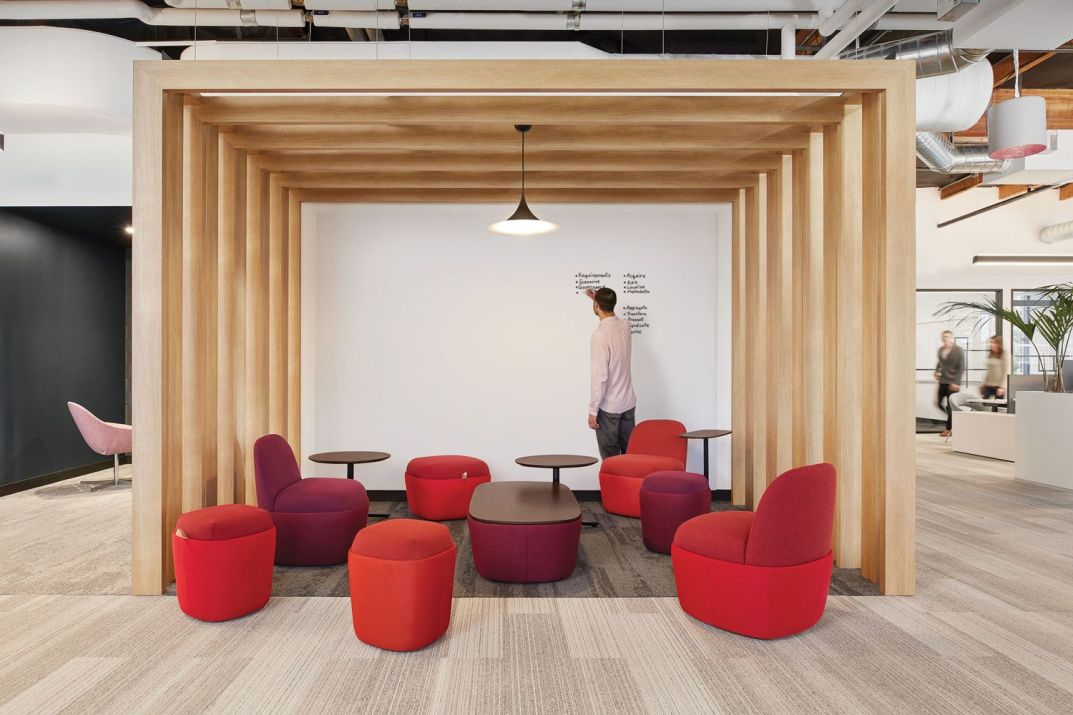Details
Future of 3D Printing
16 Jul 20163D printing seems to have blanketed the news in the construction industry in the past 6 months. So why is a 30 year old process finally grabbing so much of the limelight? Let’s start by understanding what it really is before we jump on to why it's grabbing some of the headlines.
The technology is also synonymously known as additive manufacturing. In 3-D printing, hundreds or thousands of layers of material are “printed” layer upon layer using various materials, or “inks,” most commonly thermoplastic polymers metals and organics. This allows for creating products & parts with design complexity beyond present manufacturing tools.
Some of the major obstacles faced by 3D printers of the past have been - Price, Speed & Technology, however a silent resistance has also been existing patents, some of which have recently expired in 2014 allowing for innovation to be speed up on all the drivers mentioned above.
We are currently living in the age of innovative disruptors, industries are being turned on its head and in some cases fatally ended due to technology. 3D printing is also threatening to do the same to manufacturing. While today’s industries are largely working with this process for prototyping and experimenting, we are only a couple of years away from major processes being replaced.
| Industry sector | Some emerging and near-term future uses of 3-D printing |
|---|---|
| Automotive and industrial manufacturing | Consolidate many components into a single complex part Create production tooling Produce spare parts and components Faster product development cycle with rapid prototyping, form and fit testing |
| Aerospace | Create complex geometry parts not possible with traditional manufacturing Control density, stiffness, and other material properties of a part; also grade such properties over a part Create lighter parts |
| Pharma / Healthcare | Plan surgery using precise anatomical models based on CT scan or MRI Bioprint live tissues for testing during drug development Develop custom orthopedic implants and prosthetics Use 3-D printed cadavers for medical training |
| Retail | Create custom toys, jewelry, games, home decorations, and other products Print spare or replacement parts for auto or home repair, for example |
| Sports | Create complex geometry and shape not possible with traditional manufacturing Create custom protective gear for better fit and safety Create custom spike plates for soccer shoes based on biomechanical data Create multi-color and multi-material prototypes for product testing |
What are we expecting to see in the future?
Speed is everything
If we are looking to take over manufacturing, the additive process of 3D printing will need to move at extremely fast rates to create larger items. At present we can liken it to that sweater your grandma knitted for you - it takes a while. With software and hardware improvements following moore's law, we don’t see this taking long to catch up.
Printers need to be a little more easier to use
Similar to the IPAD changing how we view documents today, if 3D printing is to be a game changer, we need to see a simpler way to model products and maintain the printer. Hand scanners are being developed to make this an easier process, with the latest add ons for your mobile device now available.
http://www.3dsystems.com/shop/scanners
Printing complete system
Manufacturers are looking to add on multiple materials to the same product to allow for a whole new level of integration. Harvard School of Engineering and Applied Sciences has developed the basic building block of tiny lithium-ion batteries as inks that can be printed. Imagine not having to buy batteries because it's already printed on your device. The world of biotechnology are already using mixed material printing to create body parts that are grown on demand.
4d Printing?
While researching 3D printing, I stumbled upon the properties of 4D printing. Now this can be a little hard to imagine as we have just begun to get our minds over 3D printing however humor me and Imagine intelligence built into the properties of the product without the need of technology
Skylar Tibbits put together a cross-disciplinary research lab at MIT (Massachusetts Institute of Technology) inventing self-assembly and programmable material technologies aimed at reimagining construction, manufacturing, product assembly and performance.
As you can see the 3-D printers will be able to fabricate systems rather than parts; 3-D printers will be able to engineer the physical properties of an object as well as its shape; and standards will be encoded to ensure the results are commercially viable.
The only uncertainty is when these capabilities will become commonplace and affordable, not if they will do so.
Sources:
http://www.pwc.com/us/en/technology-forecast/2014/3d-printing/features/future-3d-printing.html
http://www.forbes.com/sites/ricksmith/2015/07/07/5-incredible-trends-that-will-shape-our-3d-printed-future/#577f518707fd
http://www.graphenea.com/pages/graphene#.V3d_g9J97IU
(http://www.selfassemblylab.net/)
http://www.3dsystems.com/shop/scanners






